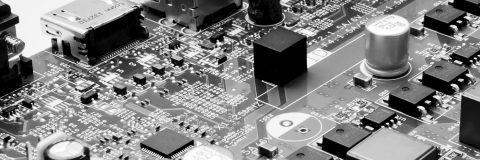
Power saving has always been a major preoccupation in embedded systems, as by definition, they could have energy constraint. Of course now, energy saving is still on the heart of the discussions. Energy saving is always a set of compromise. In terms of system or peripherals availability, time to wake… In this blog, we will […]








